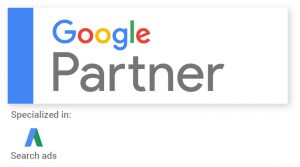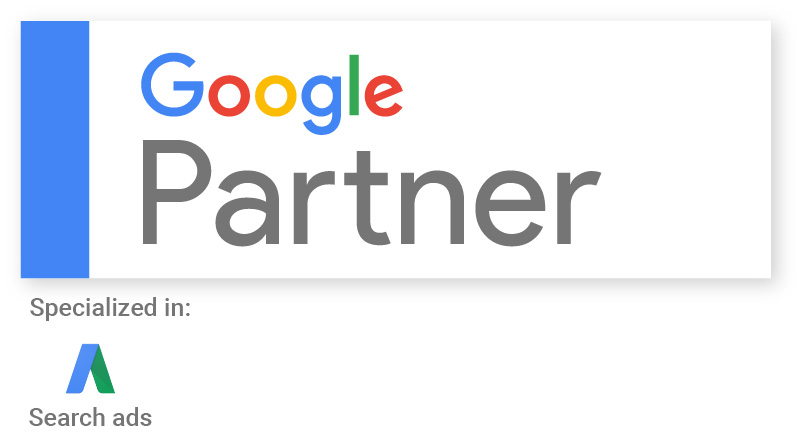My firm manages over $3 million in ad spend for clients in Google Ads yearly. As a result, we see opportunities for improvement in regards to conversion tracking across multiple accounts in diverse industries.
My Tips on Conversion Tracking
- Always track website contact forms.
- Try to track website phone calls.
- Do not change key conversion actions.
- Use Position-Based attribution.
- Set your cookie for 30 to 60 days.
- Add additional conversion actions for promotions.

One of the most important aspects to conversion tracking is to select key conversion actions and to NOT change them in the Google Ads conversion control panel or Google Analytics.
We have recently had several situations where well-meaning marketing staff deleted conversion actions thinking that there would be no harm in doing so, but as a result the smart bidding algorithms in Google Ads were negatively impacted and performance dropped quickly in the account.
I have found that when a customer is changing the conversion actions for promotions and they do not have key conversion actions that are always in the account, bidding algorithms are easily confused and cost per click and cost per conversions will increase, sometimes dramatically.
Assure that if you track website phone calls and email form completions that you always keep these running as conversion actions. Do not move in and out of conversion actions unless you use manual bidding.
Let Smart Bidding Algorithms Do the Heavy Lifting for You
Once you have your conversion action strategy in place, wait to accrue 15 conversions in a 30 day period and then test the use of smart bidding options like maximize conversion or Target CPA bidding for your account.
Make sure to do routine checks at 2 weeks, 30 days, and 60 days to assure that these algorithms are actually delivering results with a cost per conversion that works for your business. Most accounts will benefit from the use of smart bidding based on Google’s machine learning and AI, but not all.








